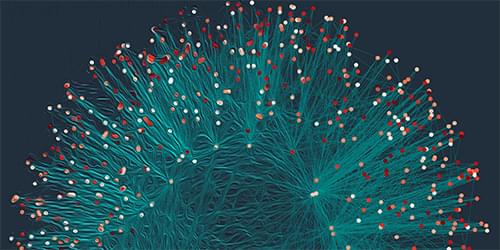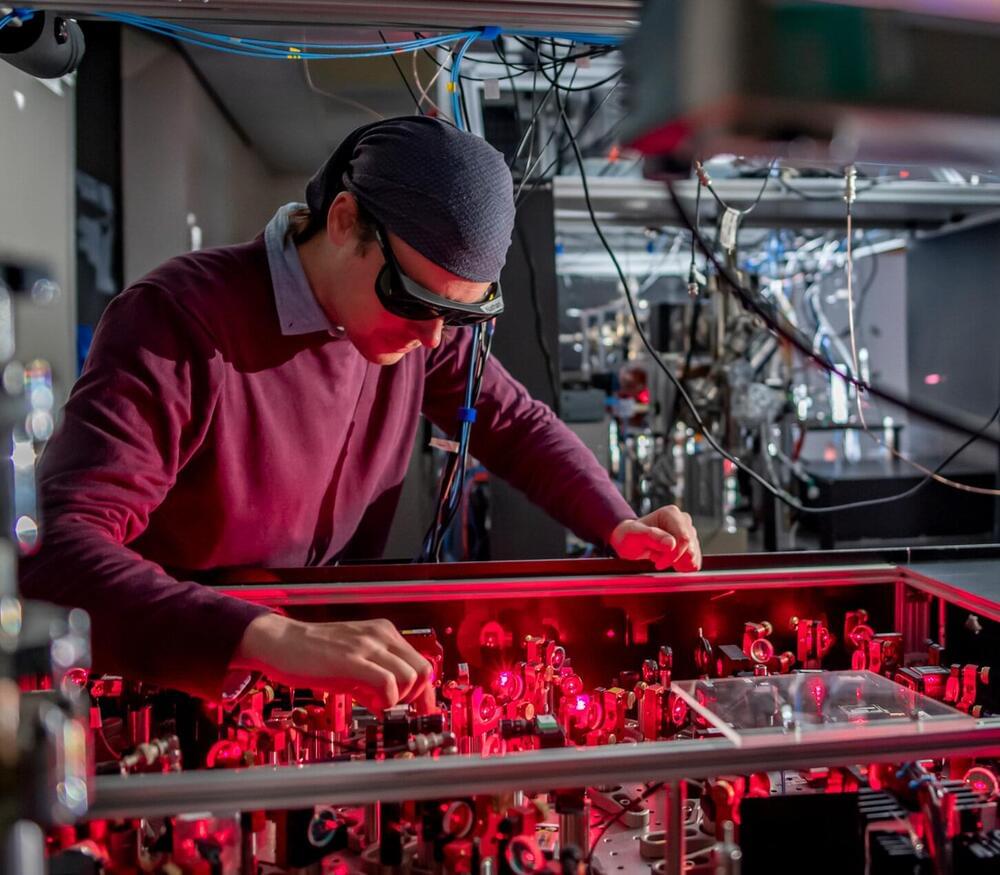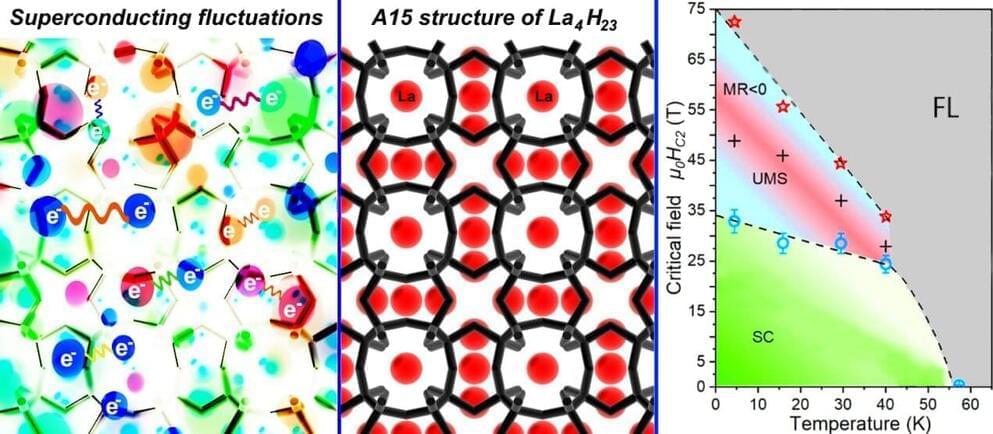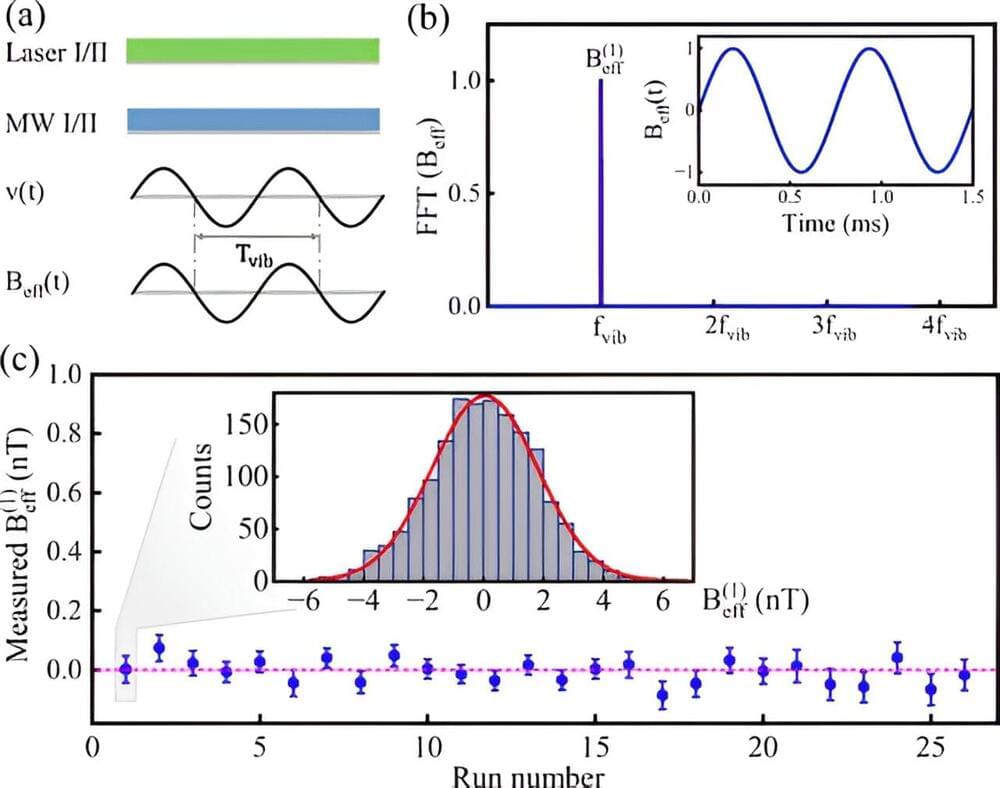The exoskeleton is being developed for older adults and people with conditions like cerebral palsy:
A new method developed by researchers uses AI and computer simulations to train robotic exoskeletons to autonomously help users save energy.
Researchers from North Carolina State University, in their new study, showed the technologically advanced instrument as an achievement in reinforcement learning, a technique that trains software to make decisions.
In a demonstration video, provided as part of their new research published in Nature, the method consists of taping into three neural networks: motion imitation, muscle coordination, and exoskeleton control networks.








